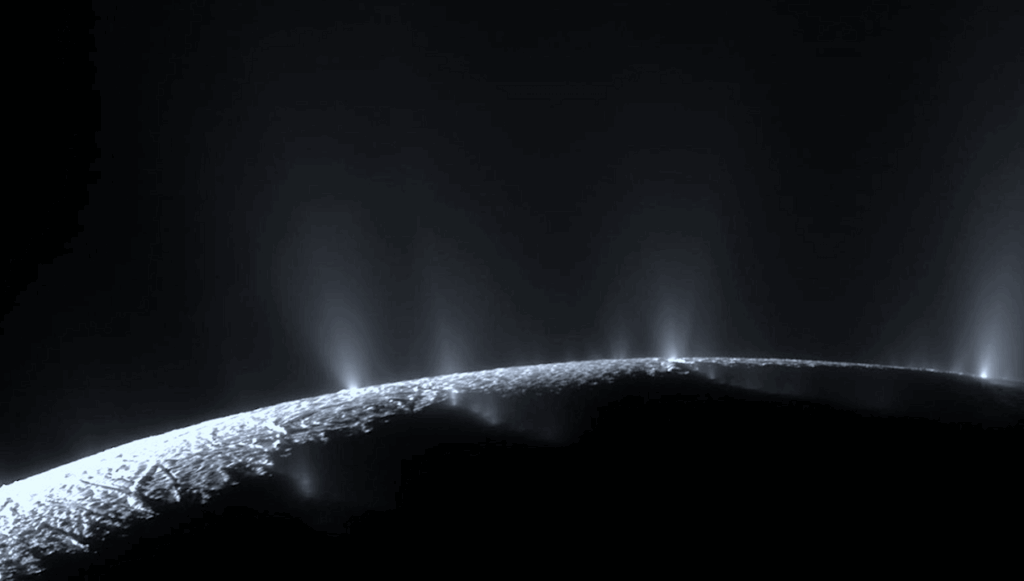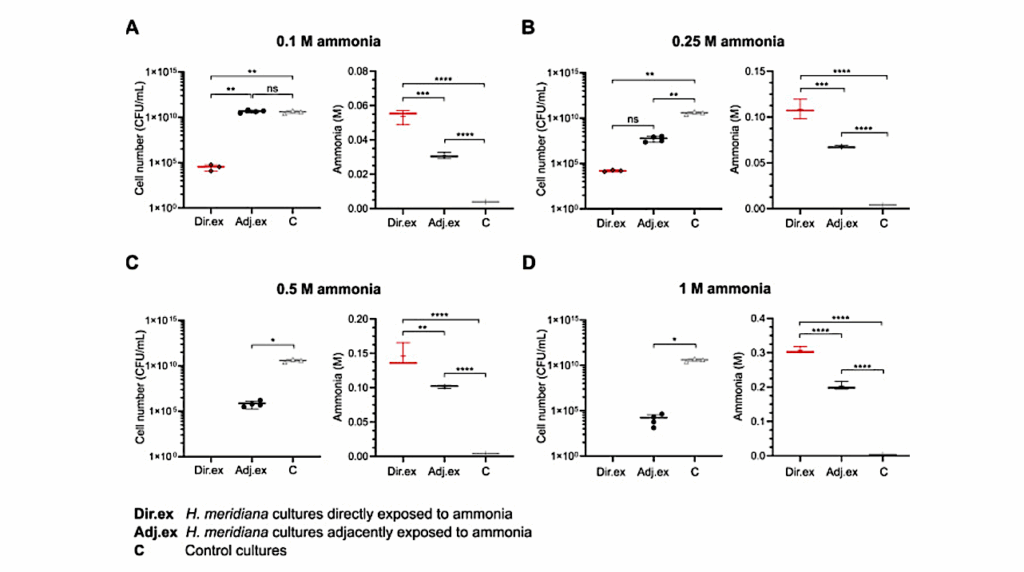A Mushy Source For The Geysers Of Enceladus

Enceladus is a primary target for astrobiology due to the salty plume ejecta measured by the Cassini spacecraft and the inferred subsurface ocean sustained by tidal heating.
Sourcing the plumes via a direct connection from the ocean to the surface requires a fracture through the entire ice shell (∼10 km).
Here we explore an alternative mechanism in which shear heating within the shallower tiger stripe fractures produces partial melting in the ice shell, allowing the interstitial fluid to be ejected as geysers. We use a two-dimensional multiphase reactive transport model to simulate the thermomechanics of a mushy region generated by localized shear heating in a salty ice shell.
From our model, we predict the temperature, porosity, melting rate, and liquid volume of an intrashell mushy zone surrounding a fracture. We find that there is sufficient brine volume within the mushy zone to sustain the geysers for ∼250 kyr, without additional melting, and that the rate of internal melting can match the observed ice ejection rate.
The composition of the liquid brine within the mushy zone is, however, distinct from the ocean, due to partial melting. This shear heating mechanism for geyser formation applies to Enceladus and other moons and has implications for our understanding of the geophysical processes and astrobiological potential of icy satellites.
Colin R. Meyer, Jacob J. Buffo, Francis Nimmo, Andrew J. Wells, Samuel Boury, Tara C. Tomlinson, Jamie R. G. Parkinson, Geoffrey M. Vasil
Comments: 10 pages, 3 figures, 1 supplement (11 pages, 3 figures)
Subjects: Earth and Planetary Astrophysics (astro-ph.EP); Fluid Dynamics (physics.flu-dyn)
Cite as: arXiv:2208.06714 [astro-ph.EP] (or arXiv:2208.06714v1 [astro-ph.EP] for this version)
Submission history
From: Colin Meyer
[v1] Sat, 13 Aug 2022 19:15:36 UTC (2,754 KB)
Full paper: https://arxiv.org/abs/2208.06714
Astrobiology,








